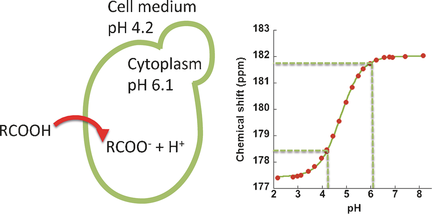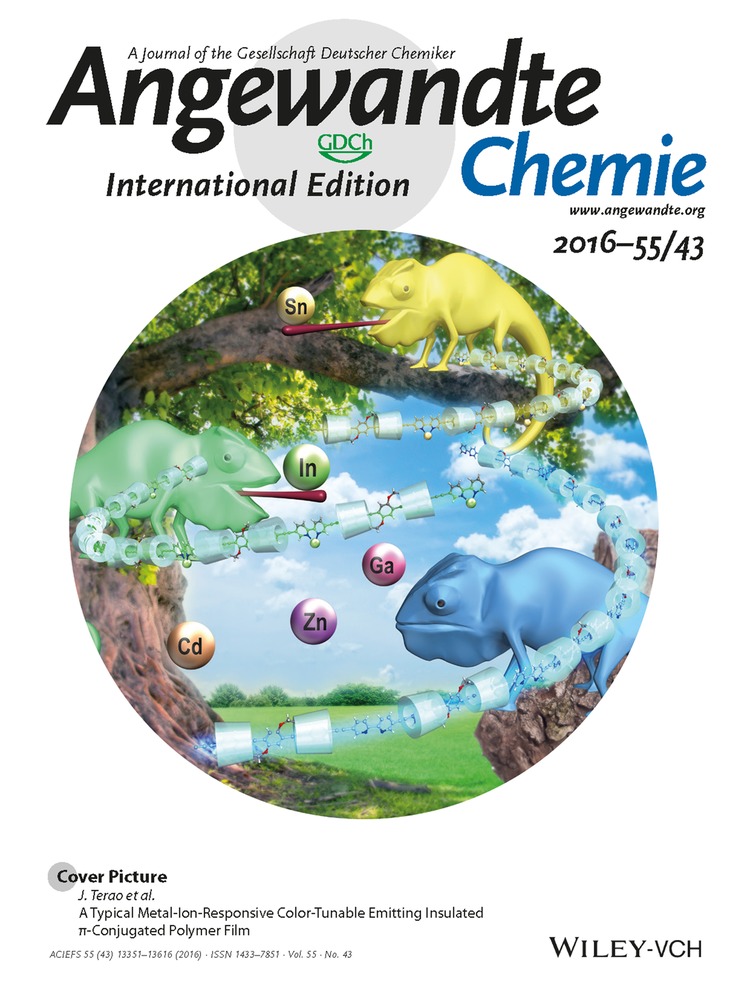Difference between Extra- and Intracellular T1 Values of Carboxylic Acids Affects the Quantitative Analysis of Cellular Kinetics by Hyperpolarized NMR
Graphical Abstract
Time to relax: pH capture of small carboxylic acids inside cells allows measurement of their intracellular behavior with a unique pH-dependent chemical shift signature. The intracellular longitudinal relaxation constant (T1) of these acids is shown to be up to four-fold shorter than the corresponding extracellular T1. The result has a direct impact on the quantification of real-time cellular kinetics.
Abstract
Incomplete knowledge of the longitudinal relaxation time constant (T1) leads to incorrect assumptions in quantitative kinetic models of cellular systems, studied by hyperpolarized real-time NMR. Using an assay that measures the intracellular signal of small carboxylic acids in living cells, the intracellular T1 of the carboxylic acid moiety of acetate, keto-isocaproate, pyruvate, and butyrate was determined. The intracellular T1 is shown to be up to four-fold shorter than the extracellular T1. Such a large difference in T1 values between the inside and the outside of the cell has significant influence on the quantification of intracellular metabolic activity. It is expected that the significantly shorter T1 value of the carboxylic moieties inside cells is a result of macromolecular crowding. An artificial cytosol has been prepared and applied to predict the T1 of other carboxylic acids. We demonstrate the value of this prediction tool.





